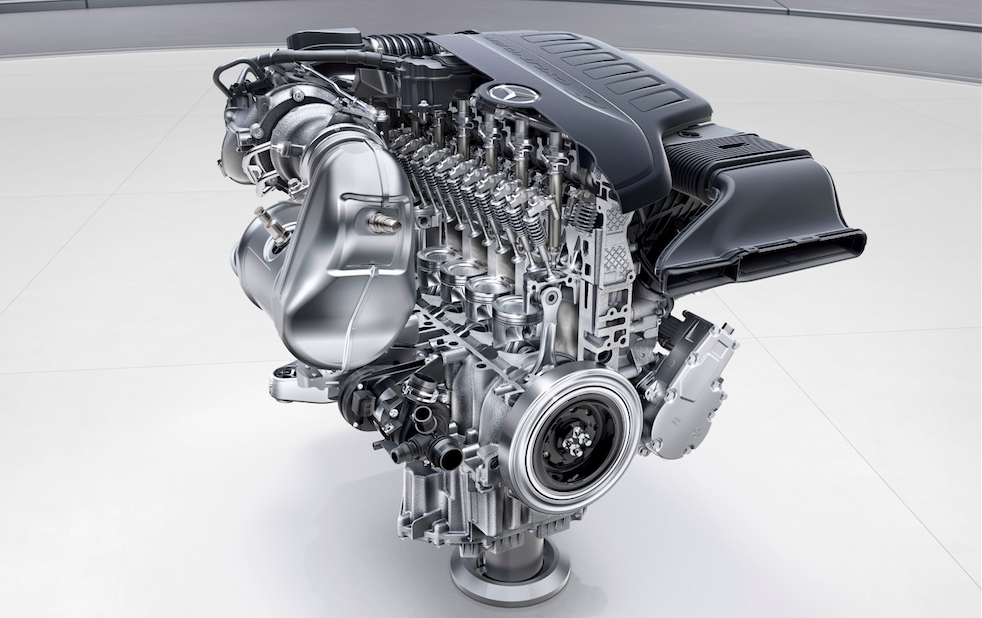German marque confirm inline six for future models
Decades ago, inline six-cylinder engines graced the engine bays of desirable performance vehicles from numerous marquees, spanning the globe. As time moves forward into the 21st century, the inherent nature of an inline six meant it was superseded by its more efficient, smoother running and package friendly step-brother, a V6.
But, Mercedes-Benz are looking to wind back the clock — defying tech trends everywhere by bringing back a newly developed inline-six engine for future models.
A year ago at the 2015 Geneva motor show, Mercedes research and development chief Thomas Weber alluded to the arrival of a new inline-six.
“Of course we are doing something to prepare our engine line-up for the future,” said Weber.
“We are a company coming from the inline six [cylinder]. That was a successful factor for decades in the past.”
Now in 2016, Mercedes-Benz has taken the lid off their 302kW M256 inline-six turbocharged engine. The brand says it has been “systematically designed for electrification” with an Inline Starter Generator, or ISG, that drives the crankshaft.
The ISG, located between the engine and transmission, starts the engine during its automatic start/stop procedure — providing 15kW of power to move the car off the line before recovering energy under braking.

Most engines feature a starter motor and alternator set-up. Mercedes-Benz have replaced this system with ISG, which is part of a 48-volt system powering an electric water pump, electric AC compressor, and electric auxiliary compressor that Mercedes calls eZV.
This all means that there is no belt-driven accessory drive, reducing the engines overall length — one of the biggest problems earlier straight six’s inherently faced.
The electric compressor effectively acts as a 48-volt turbo that forces air into the cylinders when the engine is at low revs, filling in all the gaps until the exhaust-driven turbo takes over the show.
Mercedes say the eZV accelerates to 70,000rpm within 0.3 of a second. That, coupled with ISG, means whatever four-wheeled beast this engine calls home will be no slouch off the line.
Current whispers and murmurings suggest the M256 will end up in the new Mercedes S-Class, but honestly, I couldn’t care less where it goes. The most important thing is that the world will see a brand new, 3.0-litre turbocharged inline six, coupled with all the electronic and mechanical genius one must expect from a Stuttgart offering in 2016.
It’s going to be good.




